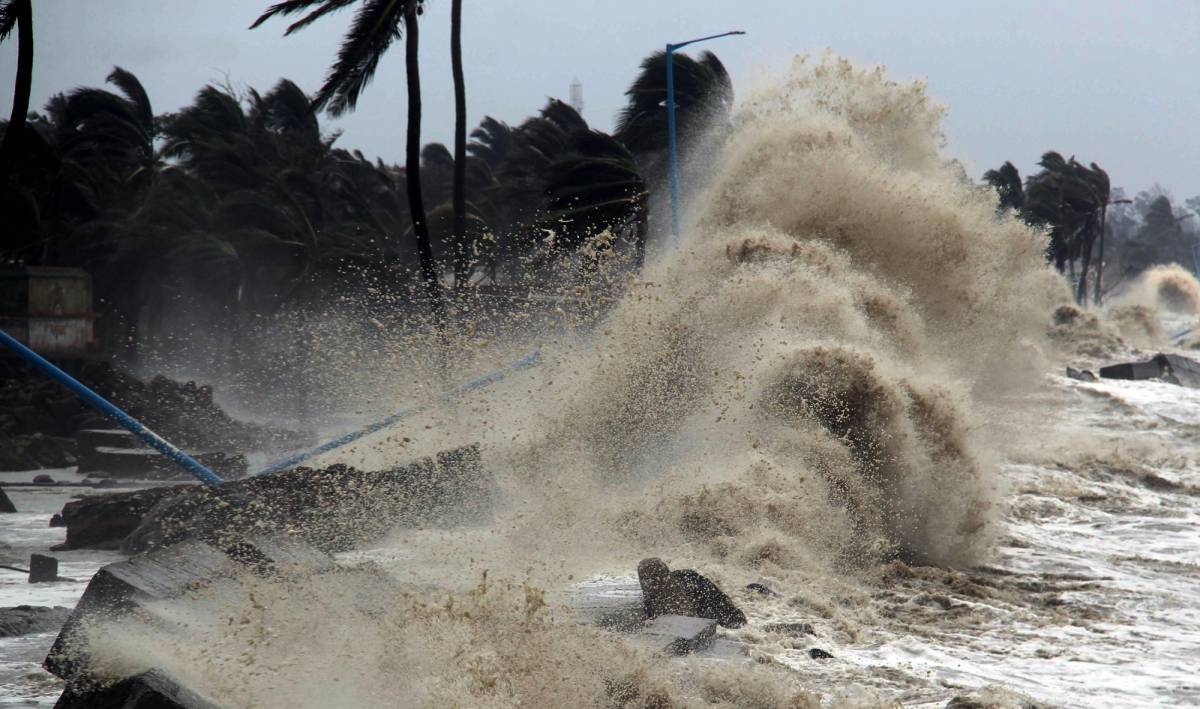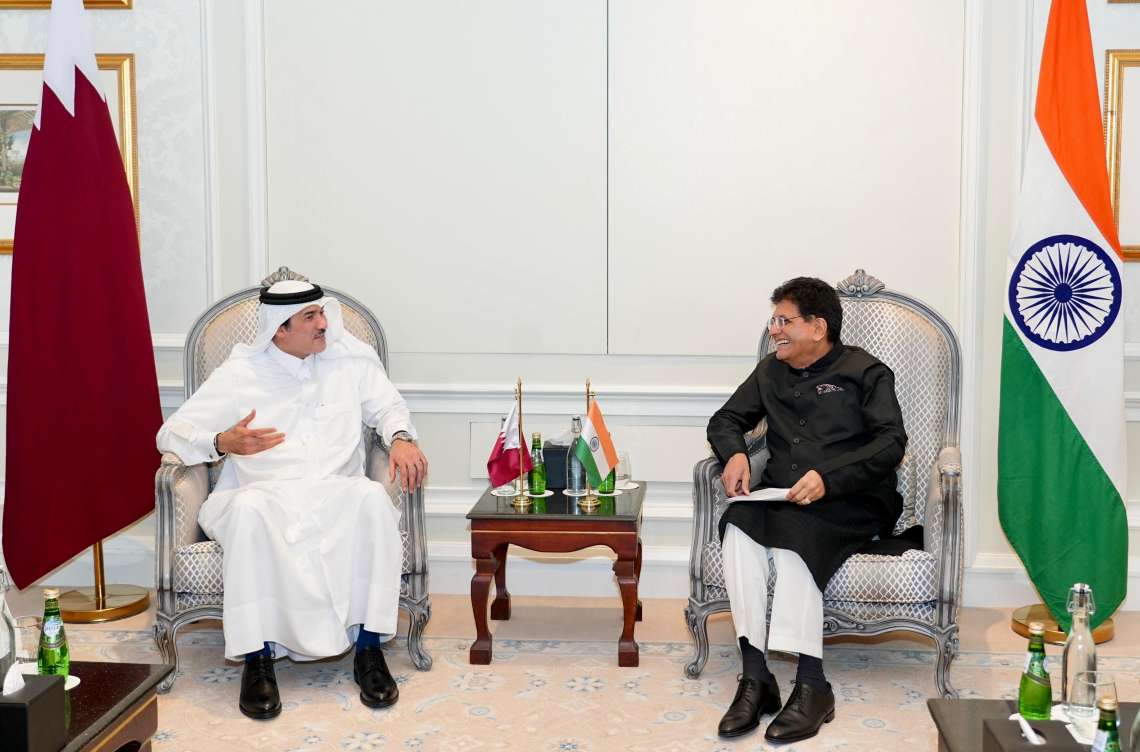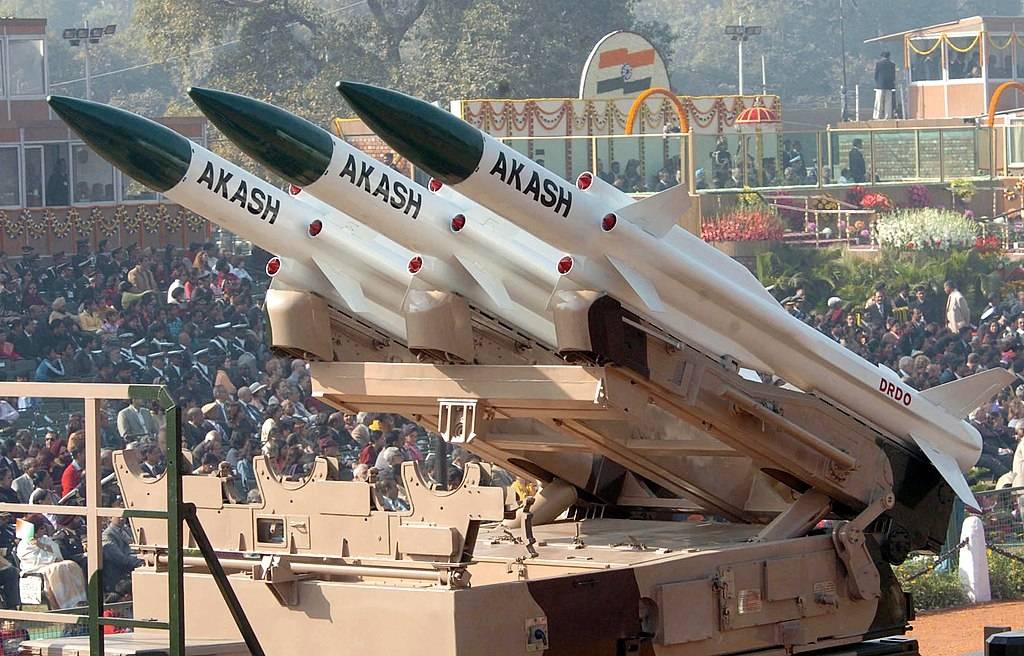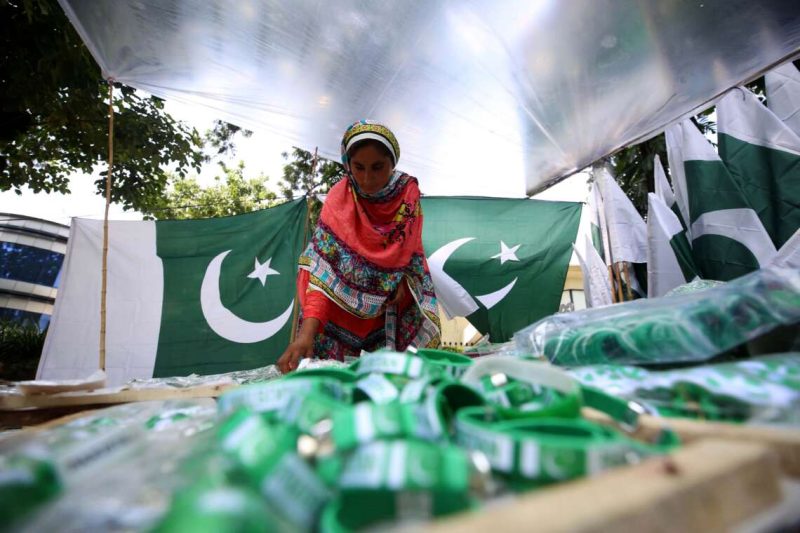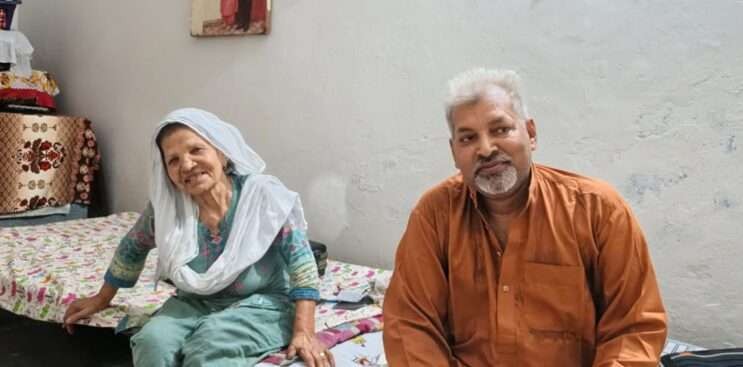In Gujarat, 67 people had lost life, 88,910 houses/huts were damaged and as many as 8,629 cattle were lost due to cyclone Tauktae…reports Nivedita Khandekar
Two months after the ‘extremely severe cyclonic storm’, cyclone Tauktae ravaged several districts in Gujarat, experts have suggested building ‘pucca’ structures for ‘gaushalas’ should be taken up as a mitigative exercise on institutional level for saving cows and other live stocks during cyclones, frequency for which is set to increase due to climate change.
In Gujarat, 67 people had lost life, 88,910 houses/huts were damaged and as many as 8,629 cattle were lost due to cyclone Tauktae, Minister of State for Home Affairs Nityanand Rai had said in a written reply to a question about ‘Loss of Life and Property Due to Cyclone Tauktae and Yaas’ in the Rajya Sabha on July 28.
An NGO has offered financial help to dozen-odd gaushalas (cow-shelters) from Saurashtra-Bhavnagar region for rebuilding pucca structures to avoid future damage in view of the cyclone’s intensity.
Managing trustee of a Mumbai-headquartered NGO Samast Mahajan, Girish Jayantilal Shah, said during his visit to Delhi that as many as 19 gaushalas suffered major damage due to cyclone Tauktae and Samasta Mahajan has already offered Rs 50 lakh for reconstruction to 12 of them.
Samast Mahajan’s assessment of these 19 gaushalas had shown that the damage was worth Rs 5 crore. The NGO could afford to donate Rs 50 lakh, which was already handed over to these gaushalas.

“Several of these gaushalas were old, dilapidated structures. There were no efforts ever at serious repairs as all of these are run by charitable trusts and were short of funds. When we offered monetary help, we have categorically told them to construct pucca buildings. This will help in future cyclones too,” Shah, who is also a member of the Animal Welfare Board of India (AWBI), a body under the Ministry of Environment, Forests and Climate Change, said.
The NGO has now requested the Gujarat Gaushala Ayog (GGA), a government agency, to help re-build these gaushalas. The GGA has an annual budget of Rs 100 crore.
ALSO READ: India skips London Climate meet on technical reasons
Earlier this year in March, the government, in reply to a Parliamentary question, said: “Studies show a decreasing trend in the frequency of formation of Cyclonic Storms over the Bay of Bengal and an increasing trend over the Arabian Sea, based on the data during 1965-2020.”
Not just this. Experts point out that even the intensity of cyclones in the Arabian Sea has increased in recent years. The phenomenon has been ascribed to the rapid warming of the relatively cooler Arabian Sea (as compared to the Bay of Bengal) that suits cyclone formation.
As many as 29 districts in Gujarat, especially those in Saurashtra region, are vulnerable to intensified cyclones and storm surges, which have increased three-fold between 1970 and 2019, an independent analysis released in May this year by the Council on Energy, Environment and Water (CEEW) had said.

Experts lauded the effort by Samast Mahajan and said, just as there are earthquake-resilient buildings, the need now is to have cyclone-resilient structures.
“This can indeed be a good mitigative step in view of the increasing frequency of cyclones on the west coast. There should be guidelines on the structural designs in view of the safety of the structure,” retired professor from MS University, Vadodara, KC Tiwari told IANS over phone.
Tiwari, had conducted courses on disaster management before retiring last year, said, it is important to have proactive measures and steps such as these (building pucca structures for gaushala) can well be carried out as an institutional efforts to prevent damage in the long term.
Farming, both agriculture and horticulture along with the animals are key aspect of livelihood protection, especially in rural areas, and must be part of plans before, during and after disasters, experts pointed out and said, this is not new and has been practiced on the east coast by Odisha as part of the ‘Animal inclusive disaster risk reduction (DRR)’ practices.
“Odisha has already been doing a lot of cow protection and other measures for livestock in general. This is something that needs to be replicated elsewhere too,” said head of the geo-meteorological hazards department at the National Institute of Disaster Management (NIDM), New Delhi, Dr. Surya Prakash.
It is for the district level and/or the veterinary department to plan and implement it, he suggested.

Thanks to the early warning system and a standard protocol followed by Odisha State Disaster Management Authority, millions of cattle are saved by relocating it before a cyclone strikes the east coast. This kind of mitigation action becomes imperative in view of the economic losses suffered due to cyclones.
However, not all states have made it institutional. According to NIDM literature, during disasters, most evacuation centres do not accept animals in the absence of guidelines/laws for that or for the reason of scarce resources/infrastructure.
The Sendai Framework for Disaster Risk Reduction moved its focus from ‘disaster management’ to ‘disaster risk management’, with the priorities for action converging on reducing risk, enhancing resilience and preventing disaster-related losses.
The Sendai Framework recognizes that effective DRR requires expanding the focus to include the protection of livelihoods and productive assets, and this includes livestock, working animals, tools and seeds.


